Uncodemy offers an Advanced UI/UX Training Program in Delhi, tailored for everyone—from beginners starting their journey in design to professionals looking to advance their careers. Covering core areas such as user research, wireframing, prototyping, interaction design, usability testing, and more, our program equips you with the skills to thrive in the competitive world of UI/UX design. With training centers in Delhi, Noida, Gurgaon, Faridabad, Ghaziabad, Bhopal, and beyond, Uncodemy ensures accessibility and flexibility. Start your journey today toward a fulfilling and successful career in UI/UX design.
- Comprehensive Curriculum:Uncodemy offers a well-structured curriculum that covers essential tools and technologies, ensuring students are equipped with the latest skills demanded by employers in various industries.
- Hands-on Experience:The emphasis on practical learning through real-world projects and case studies allows students to build a robust portfolio, showcasing their abilities to potential employers.
- Career Support:Beyond education, Uncodemy provides career guidance, interview preparation, and networking opportunities, helping students transition smoothly into the job market.
With a commitment to excellence and student success, Uncodemy is your gateway to mastering the skills needed for a thriving career in today’s digital world. Enroll today and take the first step toward achieving your professional goals!
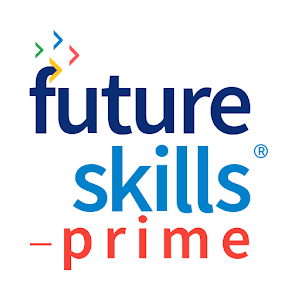
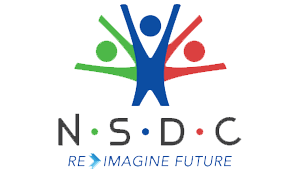
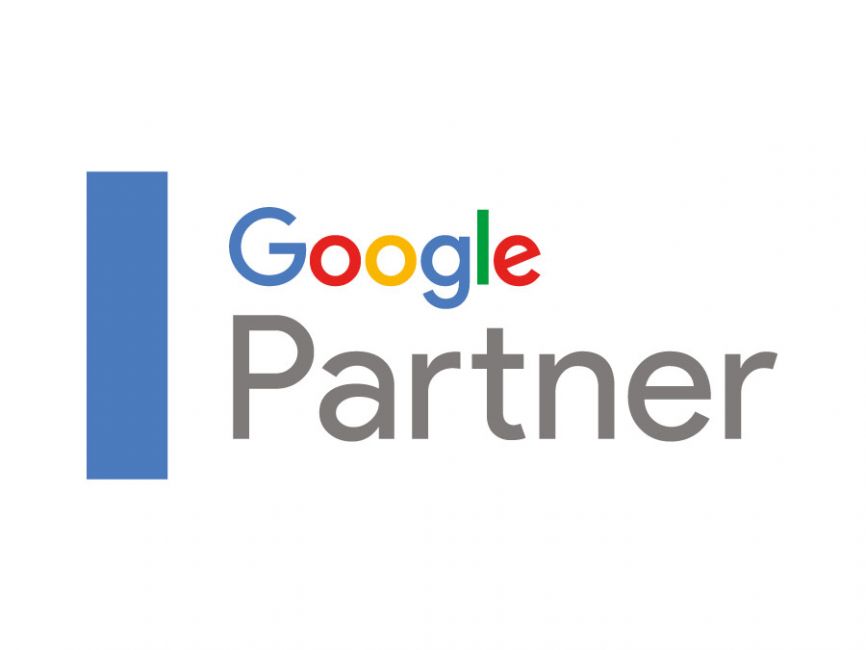
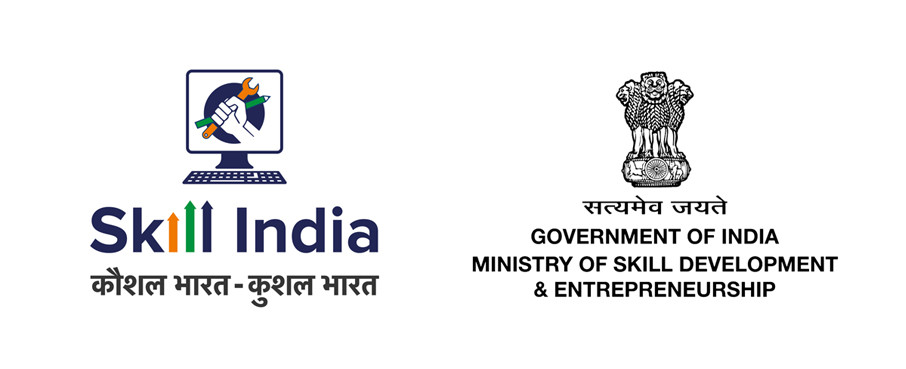



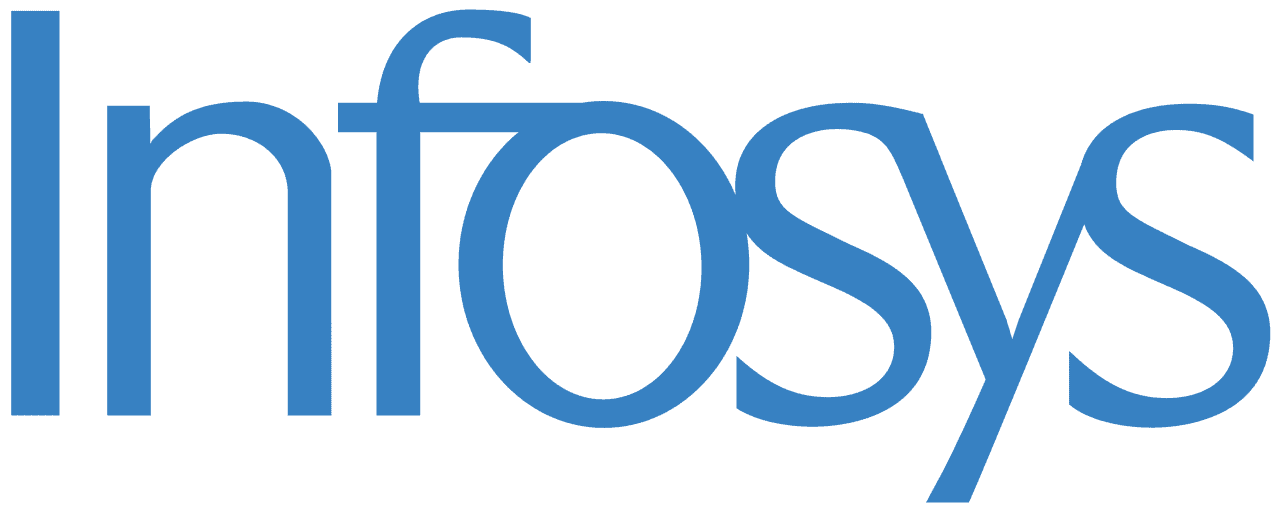
































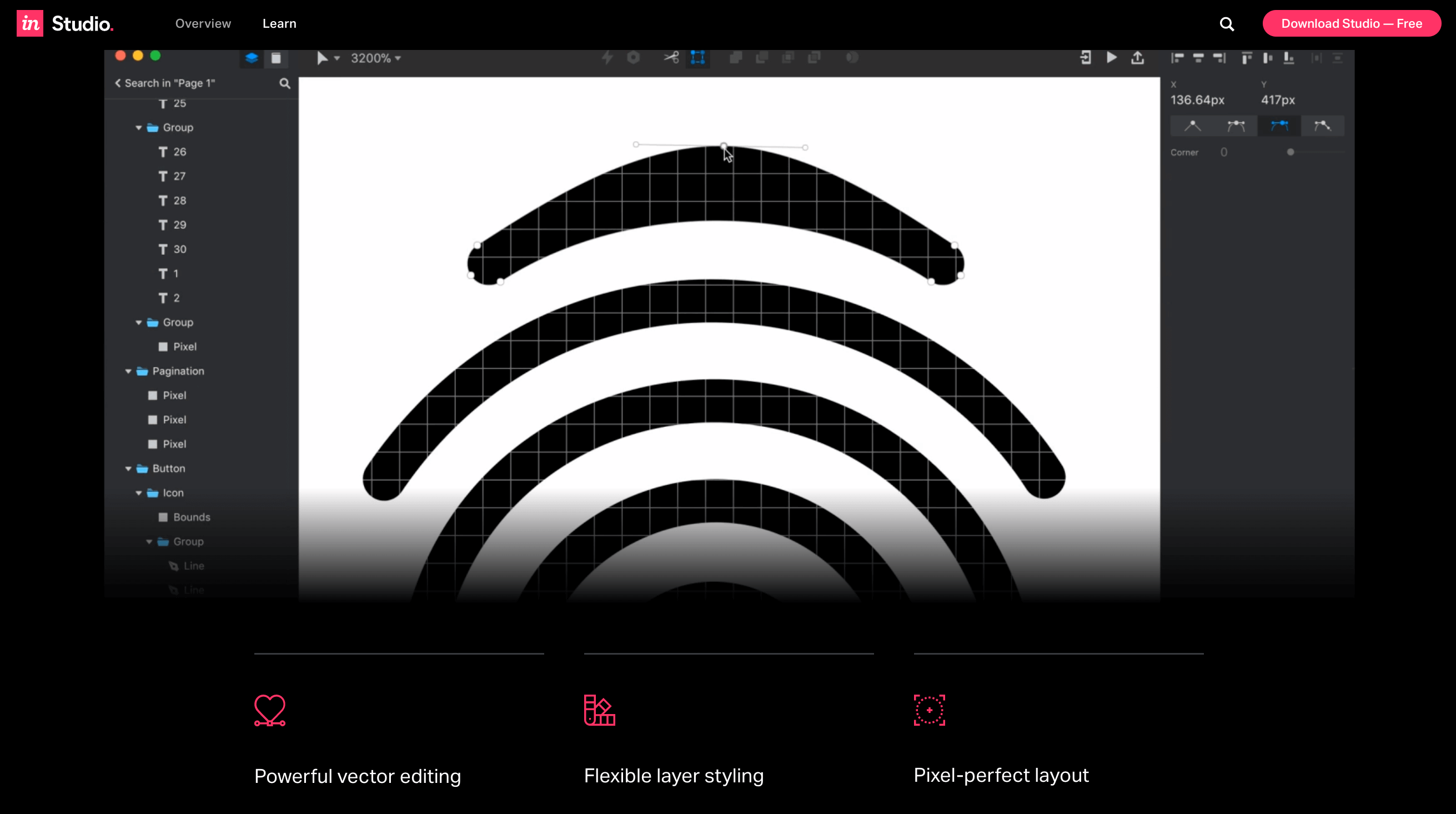
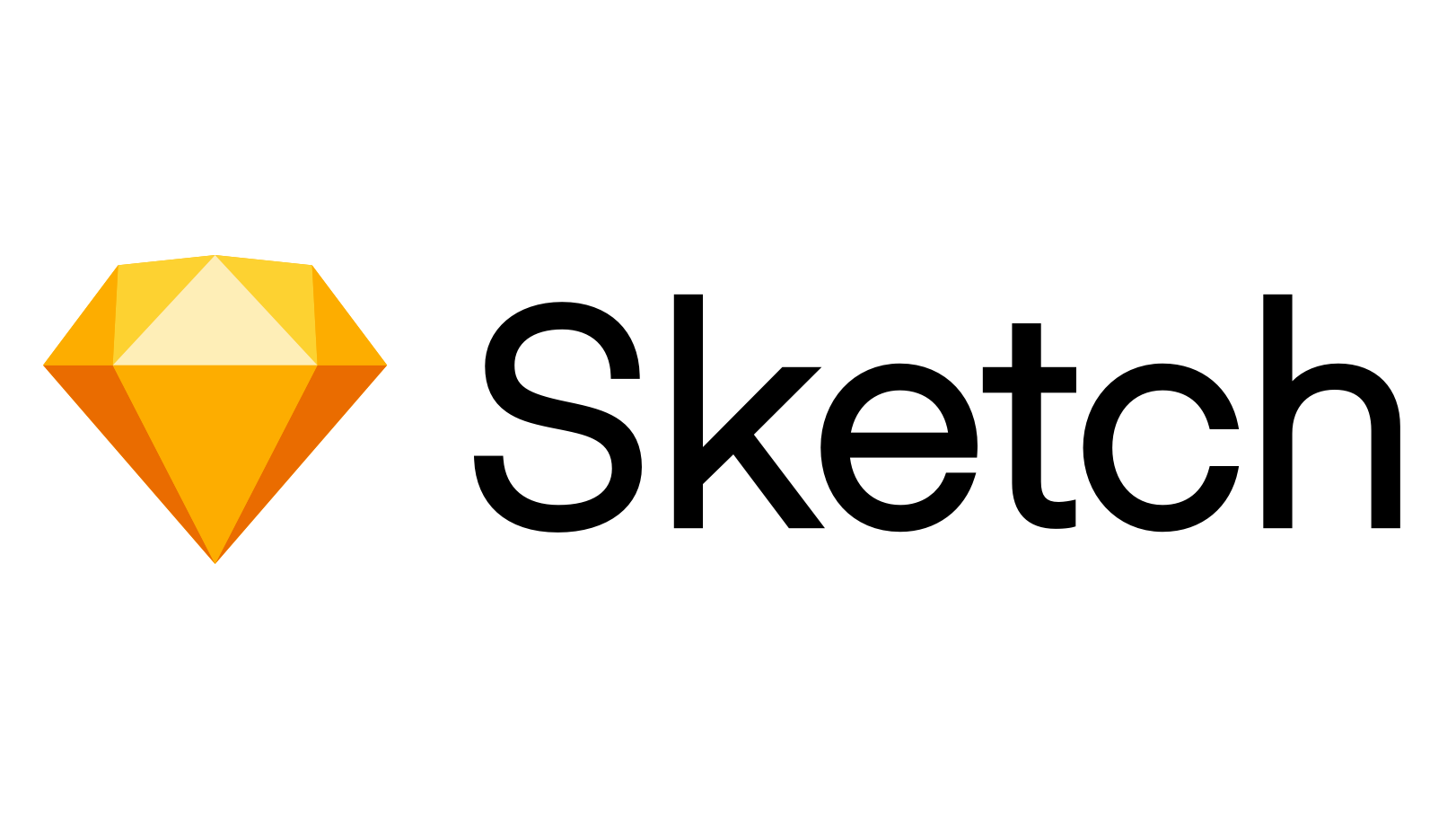



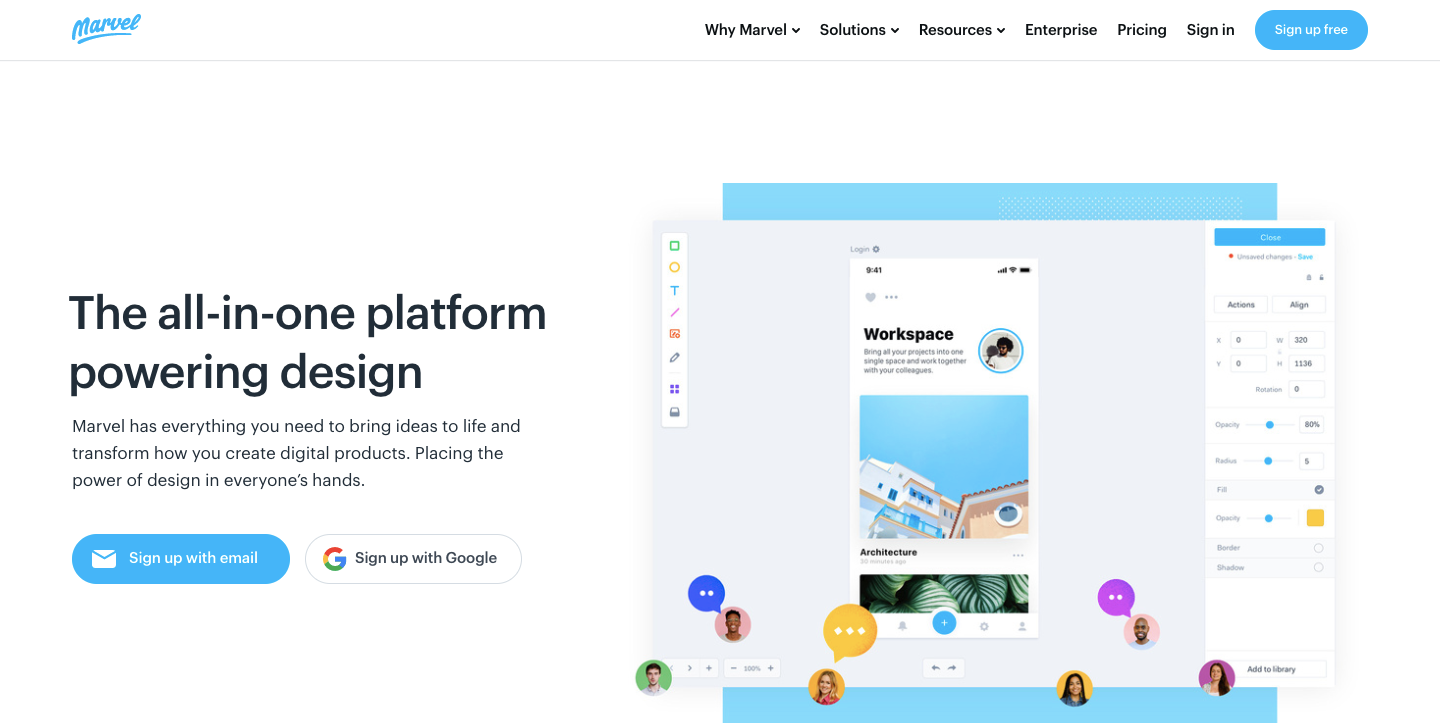
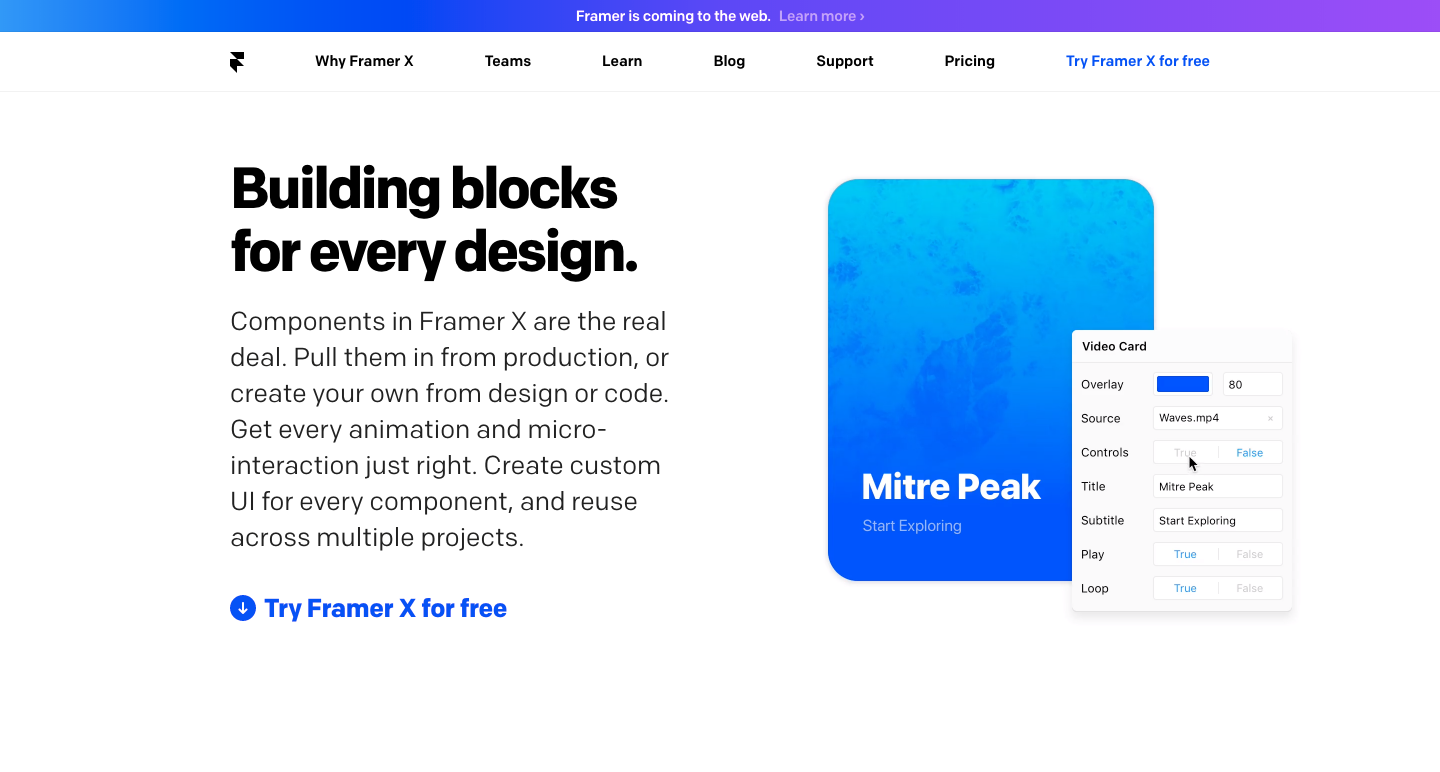
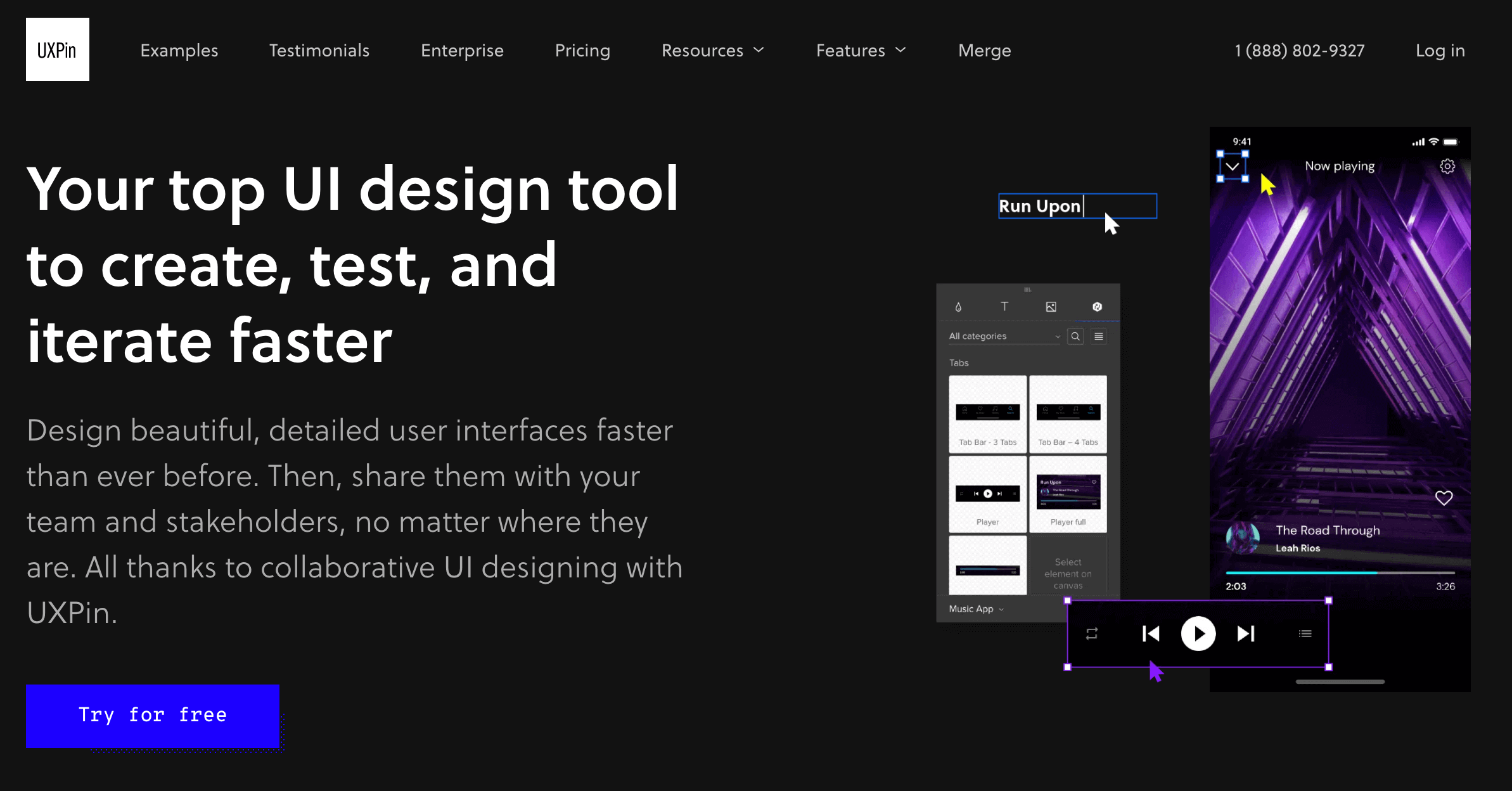

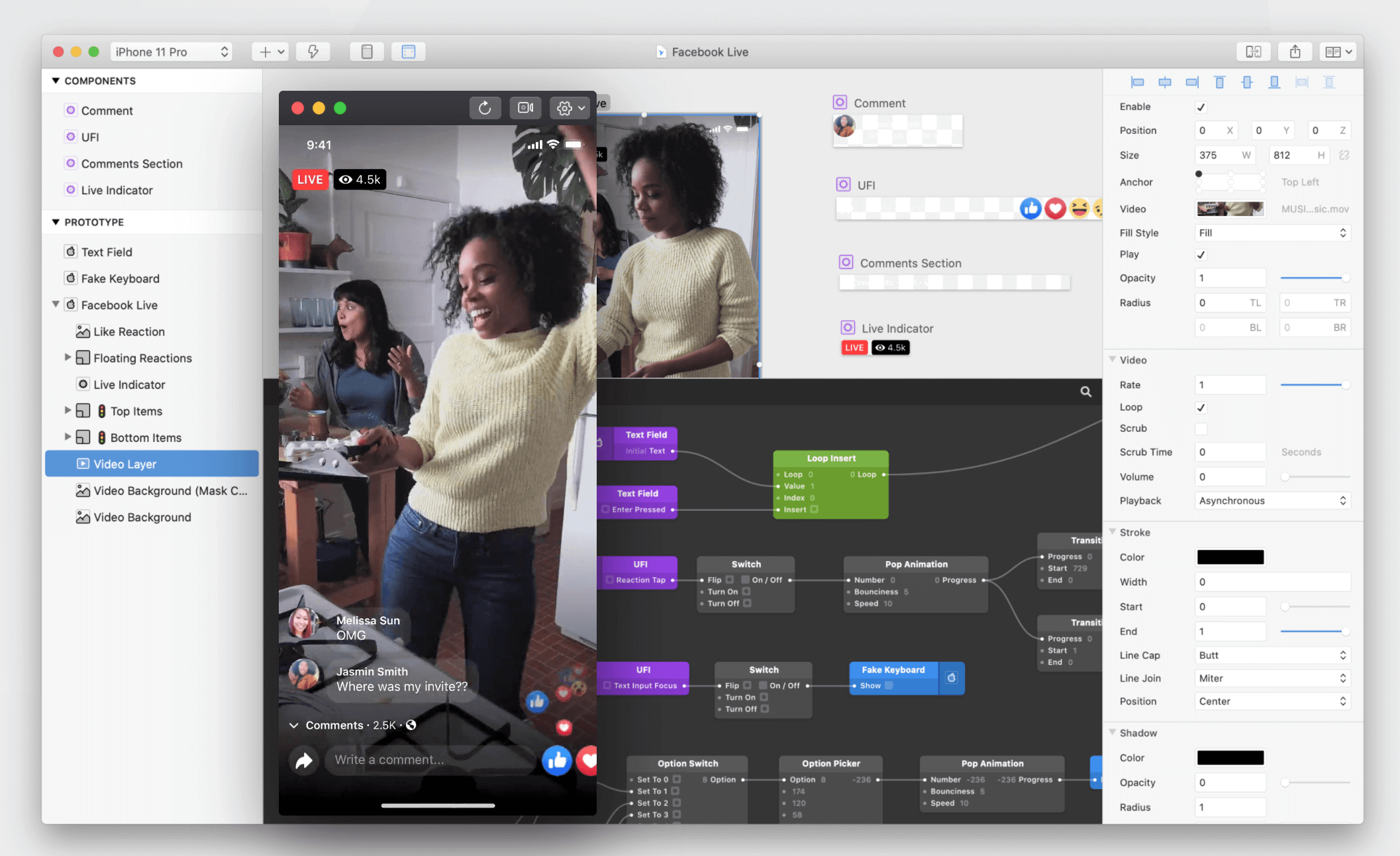

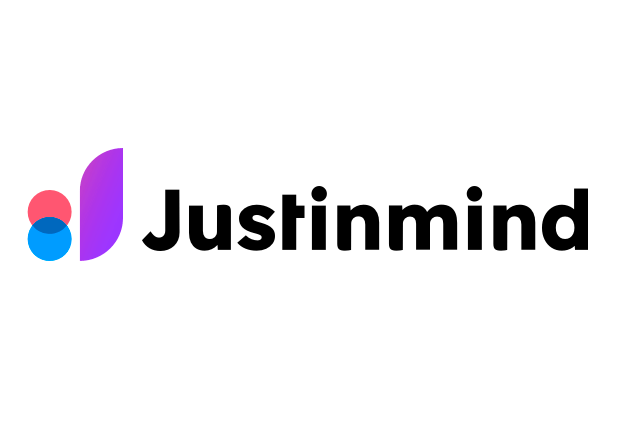
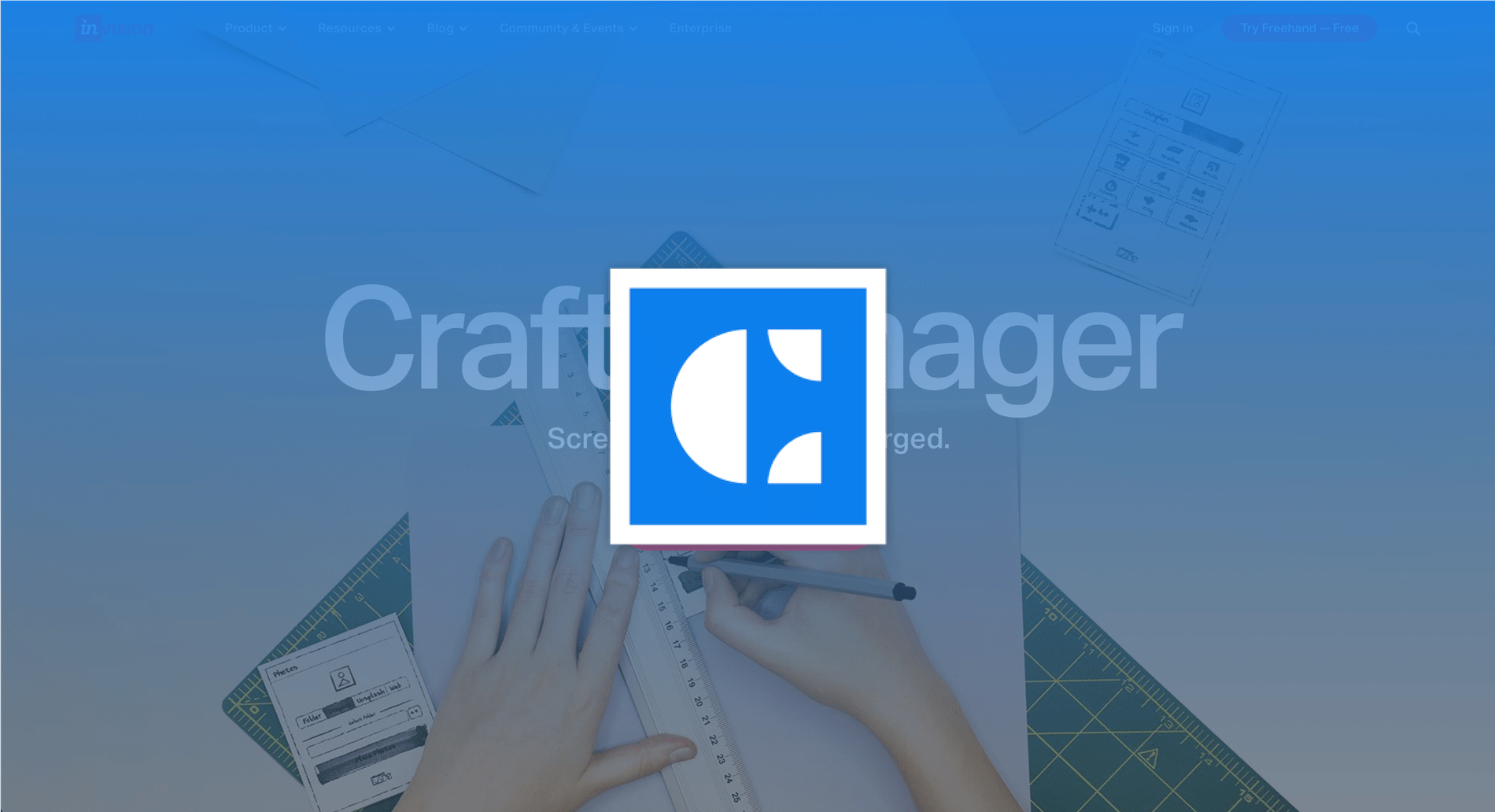

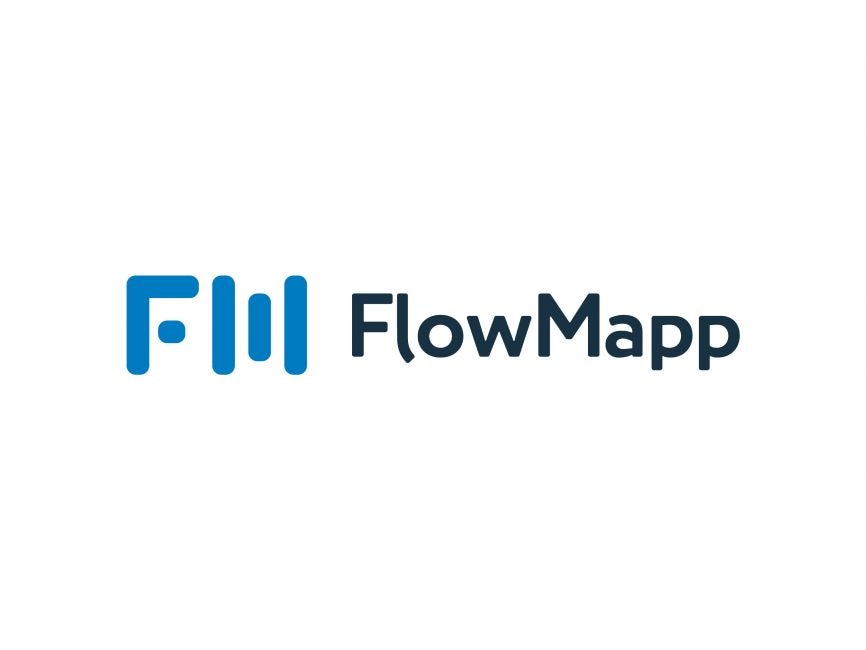
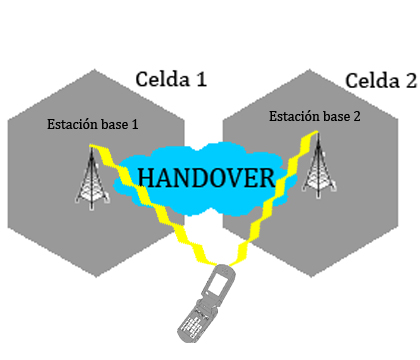
.png)
.png)




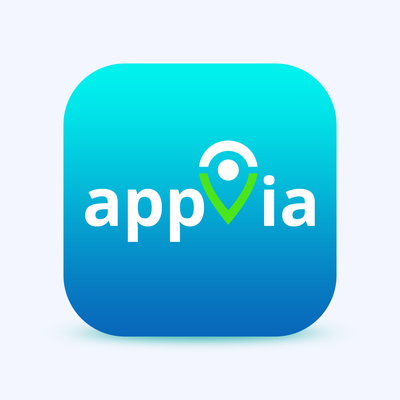

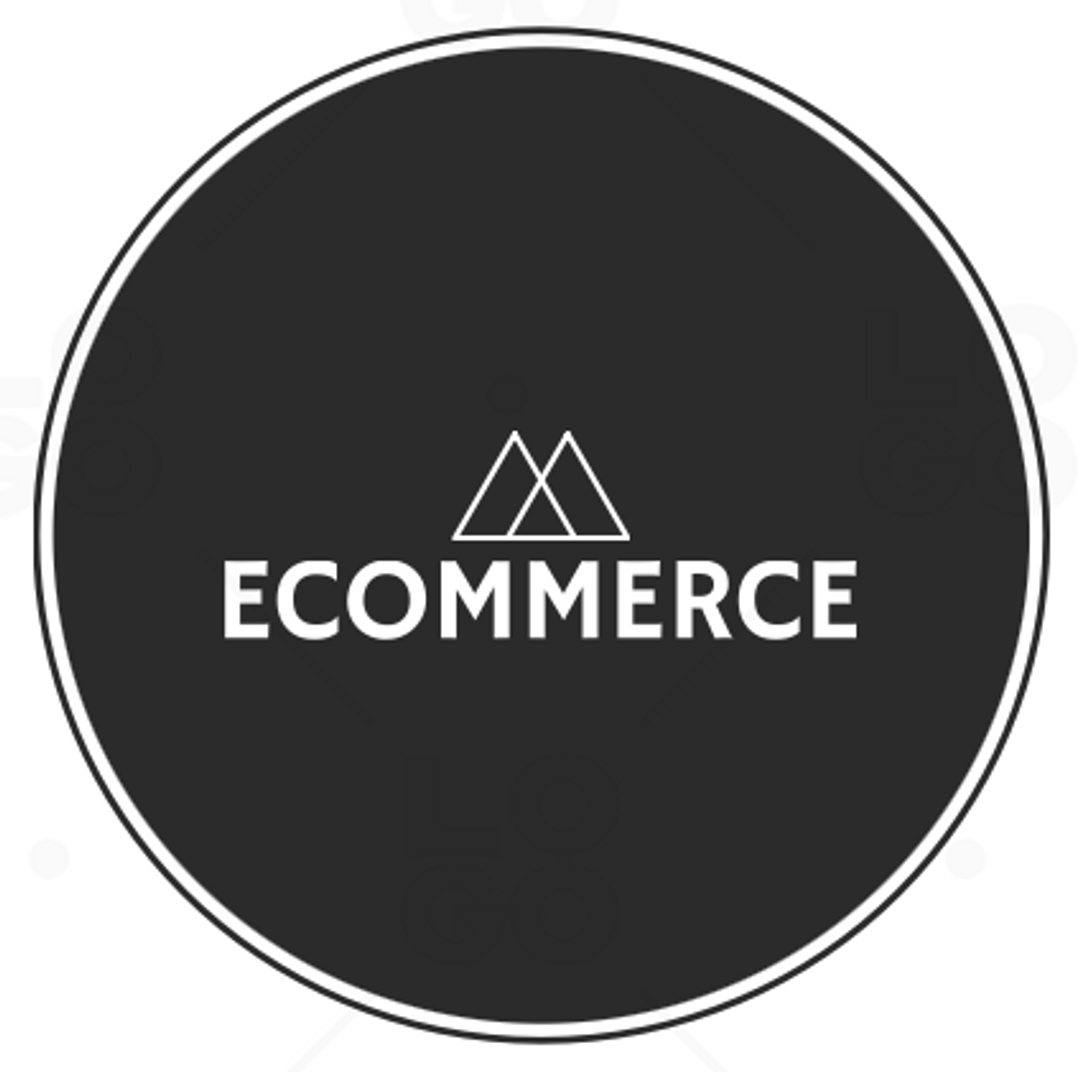
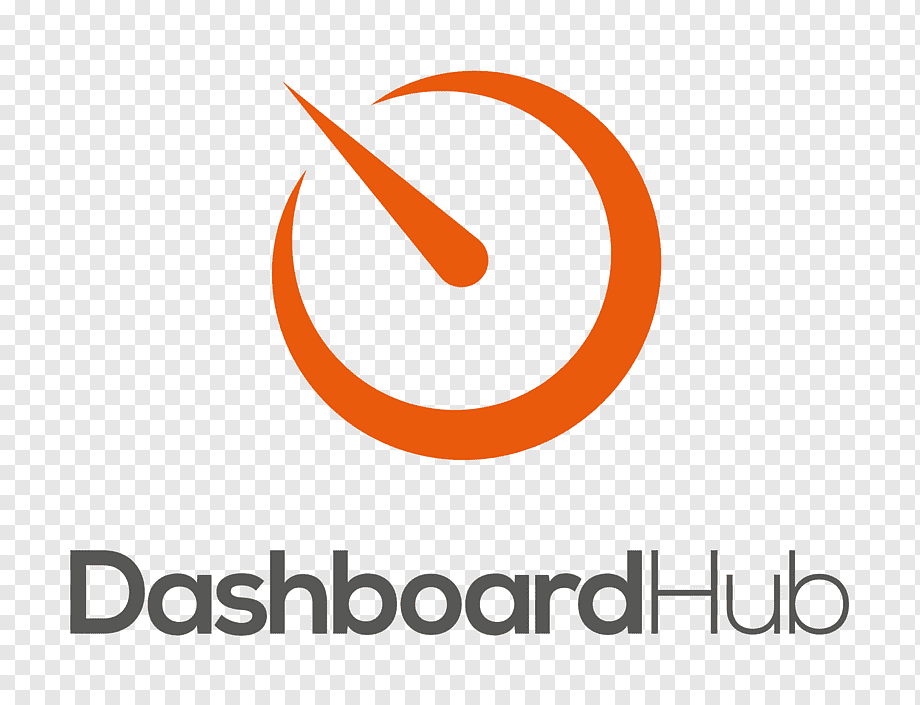


 Classroom Training
Classroom Training Live - Projects Work
Live - Projects Work Placement
Placement Internship
Internship





